If you’re chasing solitude, rugged desert views, and a trail that tests your rig just enough to keep things interesting — Alamo Road is calling.
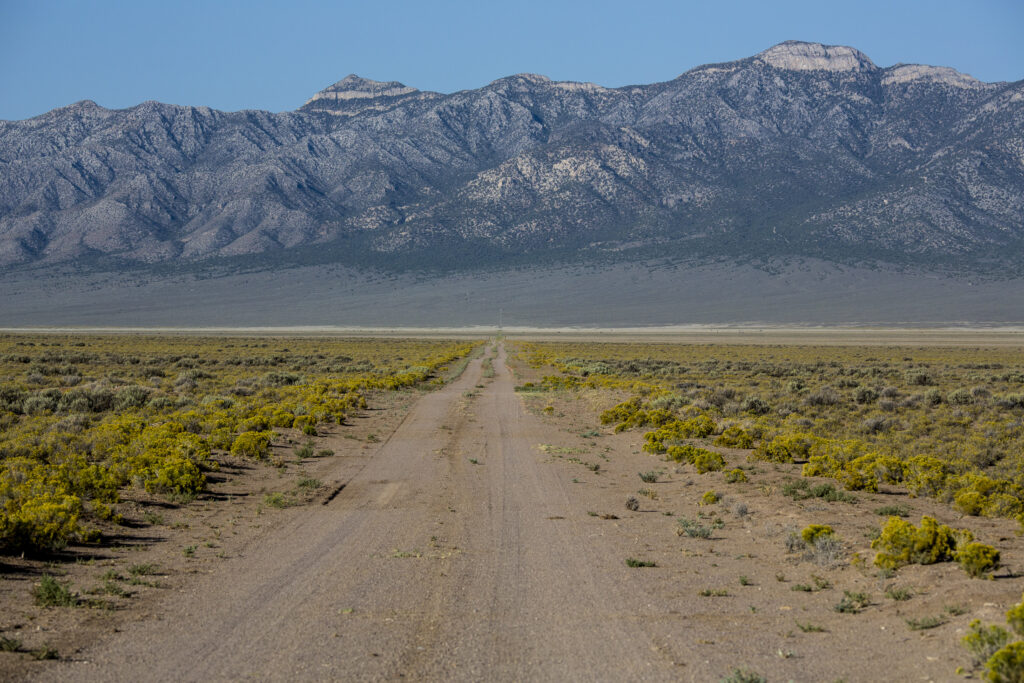
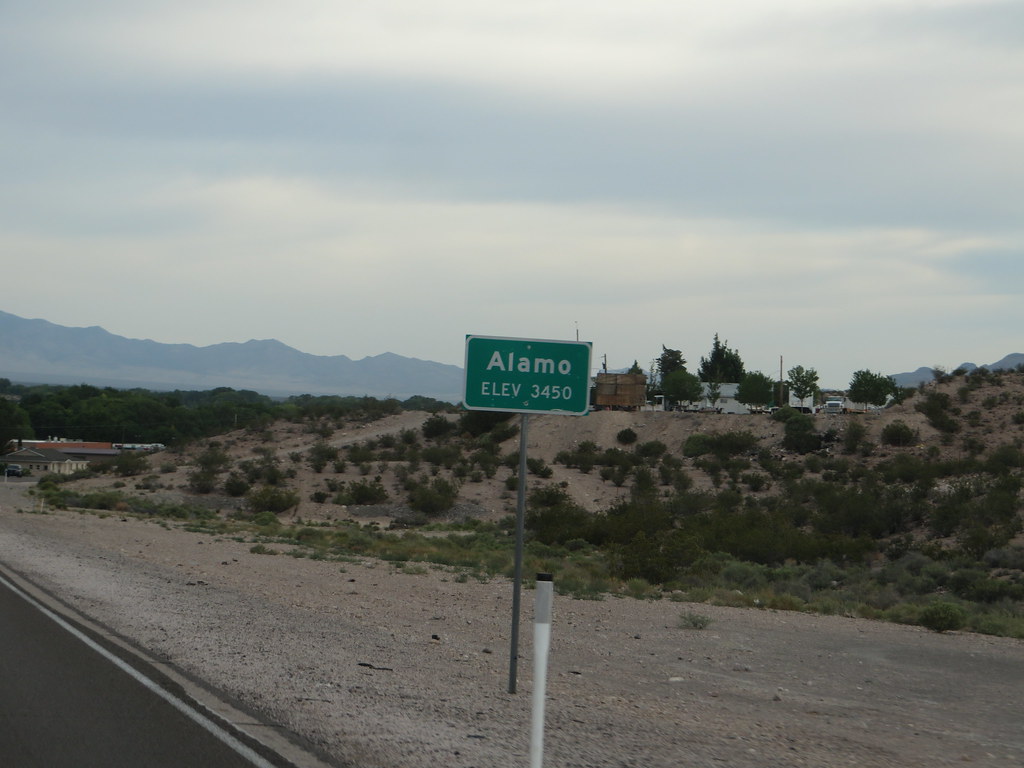
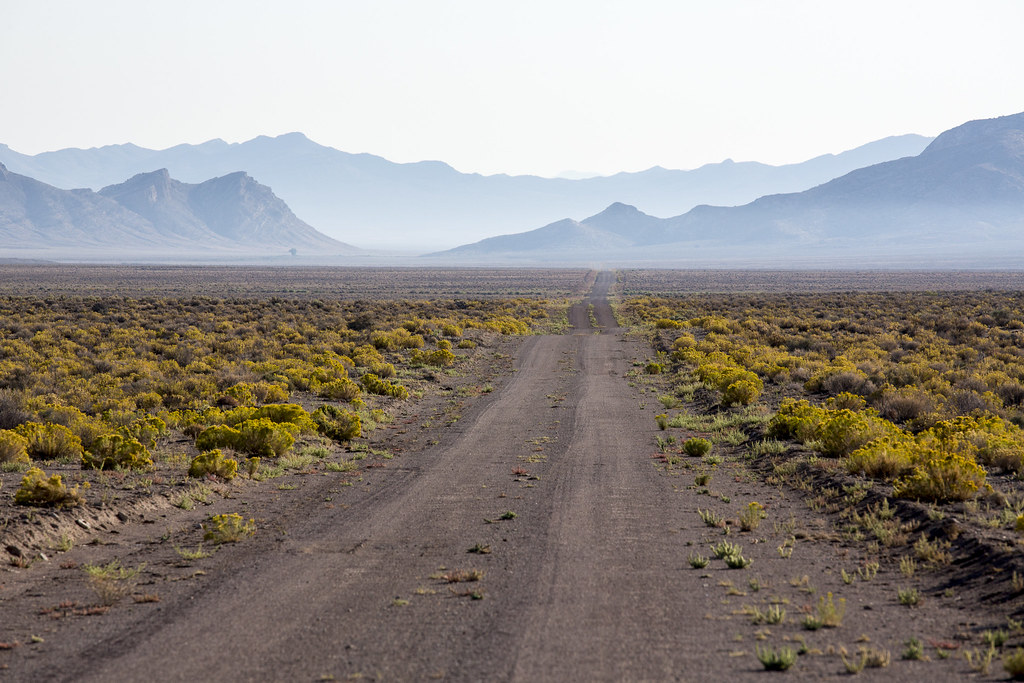
Table of contents
Quick Overview
- Trail Name: Alamo Road
- Location: Desert National Wildlife Refuge, Nevada
- Nearest Town: Alamo, NV
- Management Agency: U.S. Fish and Wildlife Service
- Best Time to Visit: Late fall to early spring (October–April)
- Difficulty Level: Easy to Moderate (dependent on weather)
- Recommended Vehicle: High-clearance 4×4, off-road tires, recovery gear
- Camping Allowed: Yes — primitive, dispersed camping
Where is Alamo Road?
Alamo Road starts just north of Las Vegas and stretches deep into the Desert National Wildlife Refuge — the largest wildlife refuge in the lower 48 states. The road runs about 70 miles from Corn Creek (just off US-95) near Vegas to the remote town of Alamo, Nevada. This backcountry route takes you straight through wide-open desert basins, Joshua tree forests, and rugged mountain backdrops.
It’s not the kind of trail with rock gardens or extreme crawling — this one’s about isolation, distance, and being self-sufficient.
Why Off-Roaders Love It
Picture this: You’re rolling across a sun-drenched valley floor, no cell signal for miles, dust trailing behind your rig, and maybe — just maybe — you catch a glimpse of a desert bighorn sheep or a golden eagle overhead. That’s the Desert National Wildlife Refuge for you.
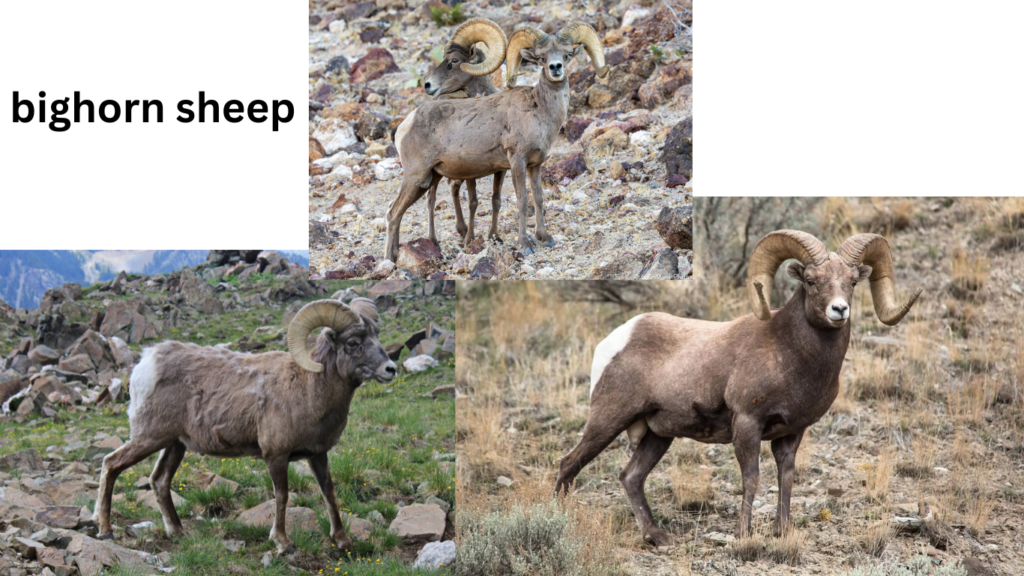
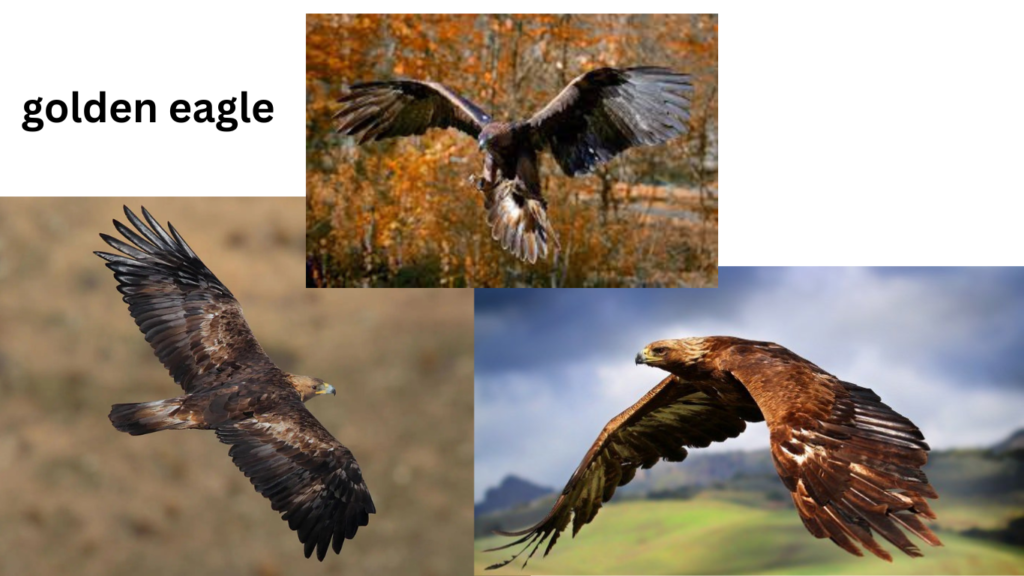
Alamo Road is less about hardcore wheeling and more about exploration and endurance. With 70+ miles of dirt and gravel, your rig better be ready. Rain or flash floods can leave washouts and deep ruts, so even though it’s usually passable, don’t underestimate it.
What You’ll Need
To really enjoy Alamo Road, prep like you’re going into the wild — because you are.
Vehicle Mods & Gear Checklist:
- ✅ High-clearance 4×4 (stock is OK if you’re cautious)
- ✅ All-terrain or mud-terrain tires
- ✅ Full-size spare & patch kit
- ✅ Recovery gear—traction boards, tow straps, shovel
- ✅ Navigation—Gaia GPS, offline maps, compass
- ✅ Extra fuel & water – there are zero services along the route
- ✅ Air compressor & tire deflator
- ✅ CB radio or satellite communicator
- ✅ Roof rack or cargo carrier if you’re camping
Camping & Other Activities
Dispersed camping is allowed throughout the Desert National Wildlife Refuge — just make sure you pack in and pack out everything. Most spots are undeveloped, giving you a true wild camping experience.
Other Activities Include:
- Wildlife watching (bighorn sheep, coyotes, jackrabbits)
- Photography (especially at sunrise/sunset)
- Stargazing—zero light pollution
- Hiking side trails near Hayford Peak or Hidden Forest Trail
Nearest Services
You’ll want to fuel up and stock up in either Las Vegas (Corn Creek entrance) or Alamo, NV (northern exit). Once you’re on the trail, there are no gas stations, no convenience stores, no cell service — just you, your rig, and the desert.
When to Go (And When to Stay Away)
The best months to hit Alamo Road are October to April — cooler temps and a better chance of catching desert wildlife on the move. Summer can be brutal, with temps soaring over 110°F and serious dehydration risks.
If it’s recently rained, check with the refuge staff before heading out — the road turns into a sticky, impassable mess when it’s wet.
Final Thoughts: Is Alamo Road Worth It?
If you’ve been craving a multi-day backcountry overland trip that’s not on every Instagram feed — Alamo Road is your ticket to solitude. It’s not the gnarliest trail out there, but it’ll test your preparation, navigation, and self-reliance. And that’s the beauty of it.
So load up, air down, and head into the silence. Alamo Road is waiting.